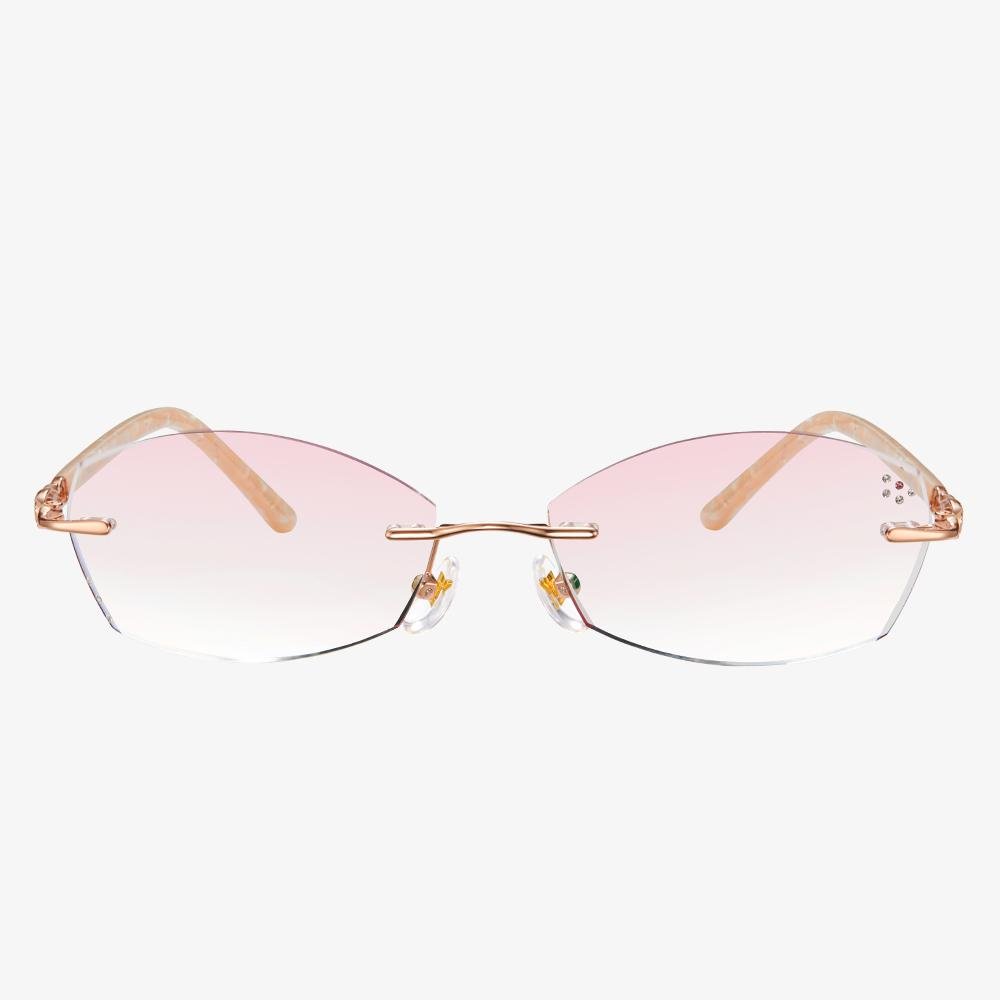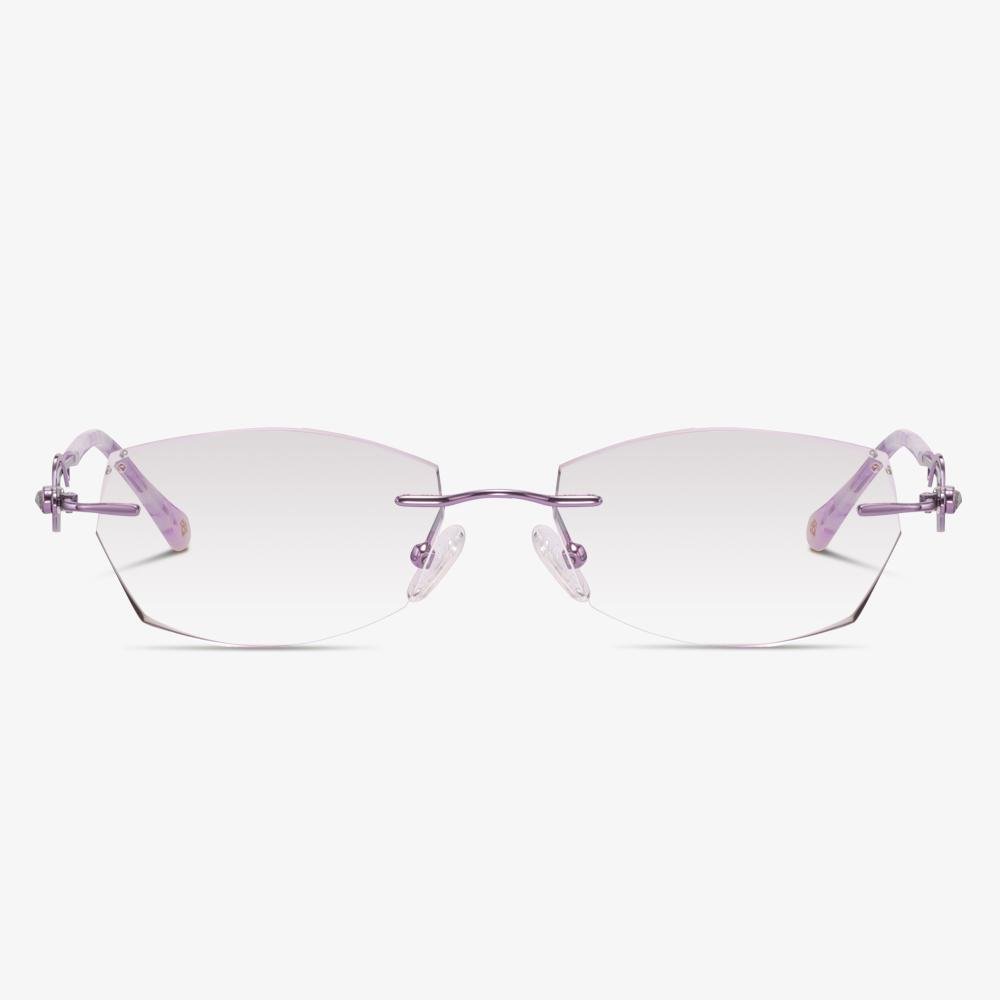The Benefits of Anti-Glare Glasses
As is well known, glare is the excessive brightness caused by direct light or reflected light. It often occurs when sunlight bounces off a reflective surface like water or snow. Of course, anti-glare glasses can also be caused by other factors.
Standard plastic lenses are able to reflect approximately 8% of the light that reaches your glasses and high-index lenses often reflect up to 12% of available light. Hence, anti-glare glasses come in a lot of advantages.
The anti-reflective glasses can reduce eye strain and make your eyeglasses look more attractive because the anti-reflective coating can eliminate reflections from the front and back surfaces of your eyeglass lenses. With this feature, more light can pass through your lenses to improve your vision with fewer distractions and the lenses look nearly invisible.
In addition, anti-glare glasses are helpful to high-index lenses, which reflect more light than regular plastic lenses. In general, the higher the index of refraction of the lens material, the more light will be reflected from the surface of the lenses.
Anti-glare glasses can protect your eyes from UV rays (sunlight that doesn’t appear on our visual spectrum). This feature can be enhanced by some photochromatic or polarized lenses.
What is a photochromic lens?
Photochromic lenses are lenses that become dark when exposed to a particular wavelength of light (usually ultraviolet light), but return to their original transmittance and become clear when no longer illuminated by the light source. Photochromic lenses can be made of glass or resin. The discoloration effect is caused by silver chloride or other halides added to the lens, which are transparent to visible light when not irradiated by ultraviolet light. When irradiated by ultraviolet light, chemical reactions will occur, which will absorb part of the visible light and make the lens show dark. The chemical reaction is reversible, so the lens returns to its original transparent state when it is no longer exposed to UV light.
The Pros of Progressive Lenses
In this section, we will show you the benefits of progressive lenses.
One of the major advantages of progressive lenses is that the design of progressive lenses blends the prescription. There is no image jump or visible line on the lens. This enhances your comfort with your lenses and can be safer when performing tasks such as driving.
With progressive lenses, you don’t have to switch other glasses frequently. Progressive lenses correct distance, intermediate, and reading vision within one lens. So, it can bring you great convenience.
Loch Eyewear
Loch Eyewear, a Canadian company, makes prescription glasses and sunglasses from 500-year-old North American wood and plant-based plastic frames. Their glasses are made in Canada and feature high definition, durable, anti-glare polycarbonate lenses. Loch Eyewear provides a home trial program that allows customers to try three frames at home for three days with free shipping in both directions. If you like a pair of glasses, they'll put the lenses inside them and send them back to you.
Can You Wear Glasses Without Prescription?
So, can you wear glasses without prescription? Of course, you can. You can wear glasses without prescription and they would not cause any damage to your eyes. What’s more, some non-prescription glasses, such as the type that blocks harmful blue light, can be beneficial to your eyes.
How to Adjust Crooked Glasses
If one side of your frame looks higher than the other, you need to adjust the arms of your glasses. So, how to adjust glasses?
If the right side is higher than the left, you need to gently bend the left arm down at the hinge or where the arm bends behind your ear. If the left side is higher than the left, so just do the same action on the opposite side.
When adjusting crooked glasses, you need to adjust frames a little bit at a time to avoid overcompensating and possibly damaging your glasses. You can run the arms under the warm water but do not running the warm water over the lenses because it will affect the lens coating.











































